About Edible Weeds
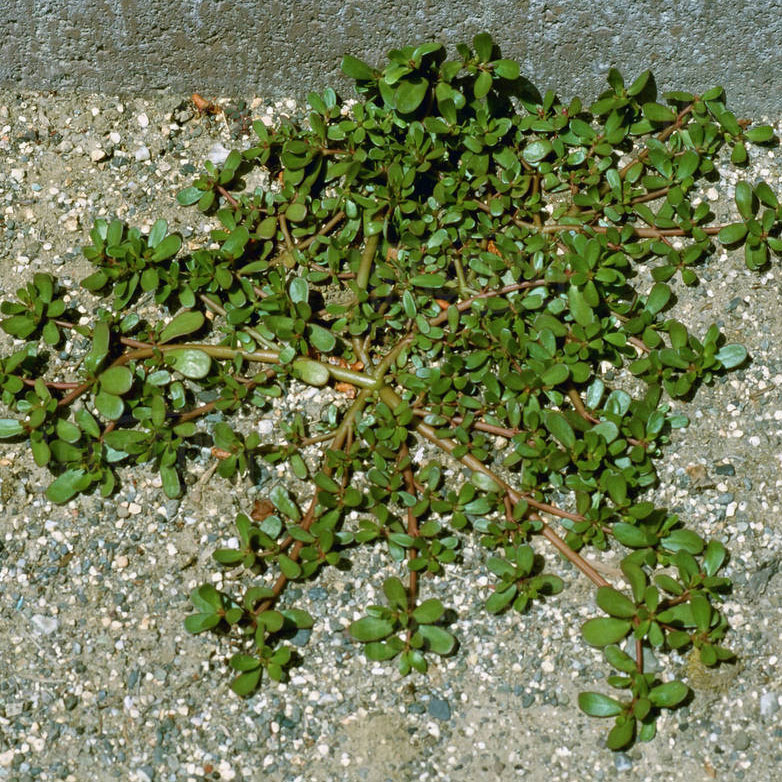
1. Move over spinach.
Purslane, sometimes called portulaca, is an edible weed. It has 10 times the Omega 3 fatty acids found in spinach, although steamed it tastes like spinach. Served raw, it tastes like pea shoots and is wonderful in salads. Both the leaves and the stems are delicious. Purslane is that fleshy looking weed whose red stems and oval leaves hug the ground, sending down new roots at each node. It makes a tasty substitute for fish oil and is high in vitamin C. Purslane produces little yellow flowers that soon become capsules of tiny seeds. (Beware of poisonous imitators, euphorbias, which often grow close by. It is easy to identify euphorbia by the milky sap it exudes when the wiry, rather than thick, stem is broken.)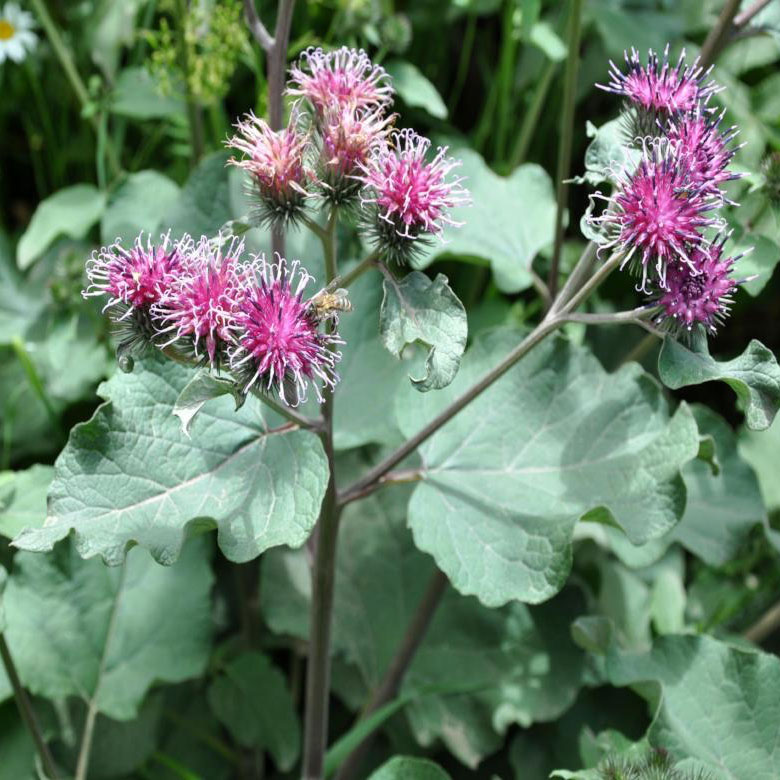
2. Pant sticker.
Burdock (Arctium lappa) is that nuisance weed responsible for the burs that stick in pet fur and pant legs, but it has virtues that make those burs worthwhile. Young burdock leaves can be eaten in salads or the roots can be mashed, formed into cakes and fried in butter. The stalks can be peeled and steamed. They can also be simmered in syrups and eaten like candy. Burdock was traditionally used as a blood purifier and as a diuretic. It was also used to clear the skin of acne, eczema and psoriasis because it has anti-inflammatory, antioxidant and antibacterial properties. It is said that the root is effective in removing heavy metals from the body.
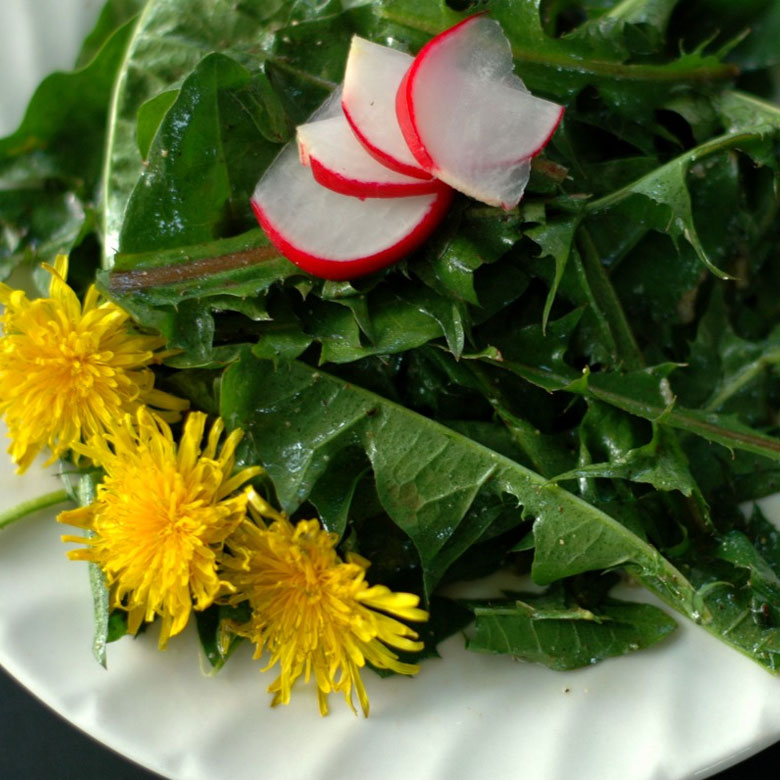
3. Pee the bed.
Dandelion greens have long been known for their use in salads. Use very young leaves and, if you don’t like bitter, cook them with eggs or bacon (or collect them in fall when the bitterness has dissipated). Roots can be sautéed or ground up as a coffee substitute. And of course, the flowers are famous for dandelion wine. Dandelion greens are four times higher in vitamin A than broccoli and twice as high in vitamin K. You will want to avoid the sappy stems. They are an excellent diuretic, as attested to by their French common name of pissenlit or ‘pee the bed’.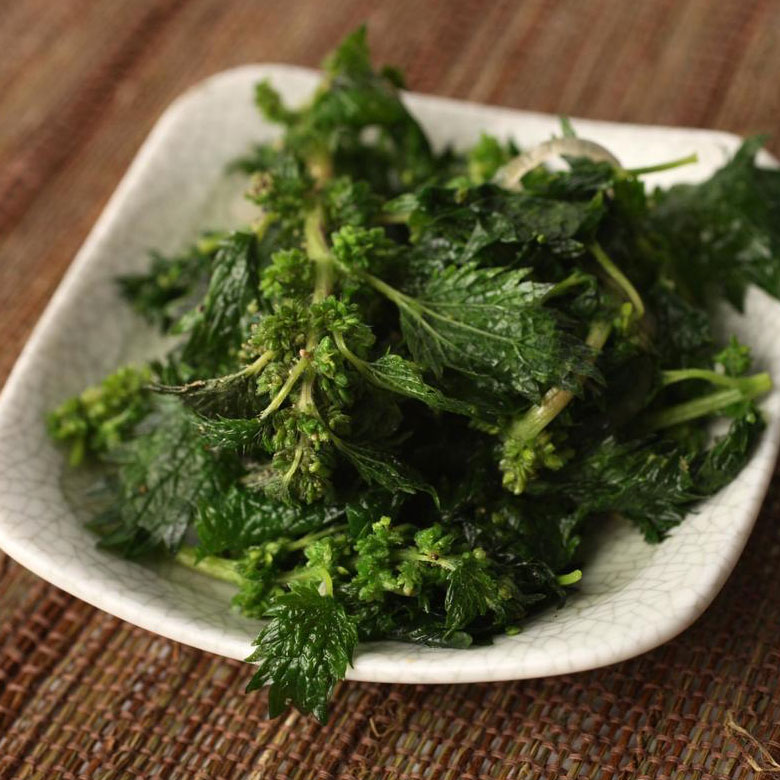
4. Taking the sting out.
It wouldn’t do to talk about edible weeds without mentioning stinging nettle (Urtica dioica). Young leaves are an excellent source of iron and can be cooked in soups. (When the leaves and stems are cooked or dried, the stingers lose their sting.) According to Manitoba Food and Agriculture, ‘Today, stinging nettle is in demand as a treatment for non-cancerous prostate enlargement, for high blood pressure and urinary tract infections. It is used to treat skin eruptions and eczema and freeze-dried as a treatment for hay fever.’ There is a book that will tell you 101 ways to used stinging nettle for healing purposes. Collect the nettles (wearing gloves, long sleeves and pants) in spring before they flower.
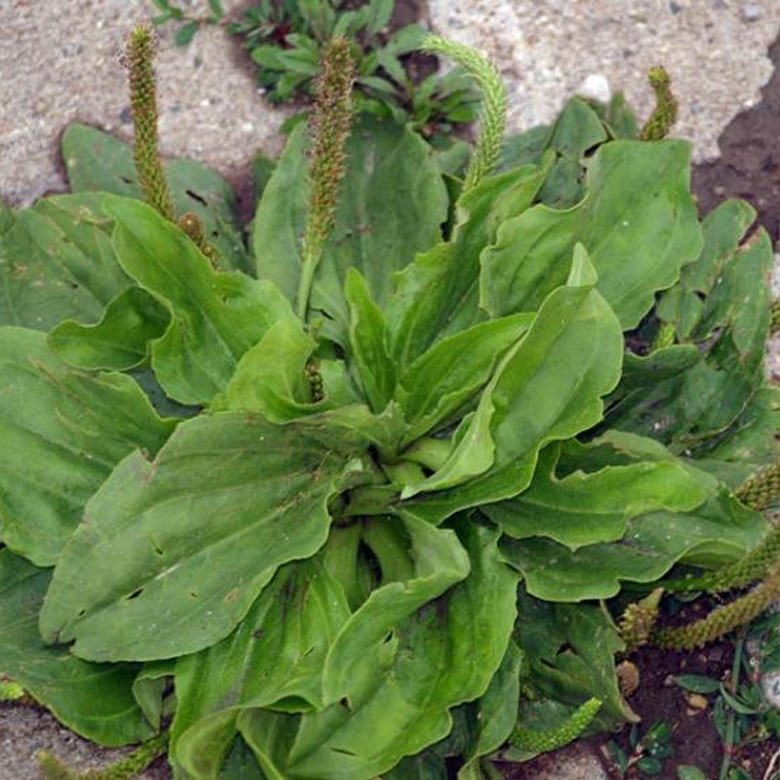
5. False hosta?
Plantain, the broadleaf kind not the banana kind, should be a diet staple, according to some. This little hosta look-alike is chock full of iron, vitamins and minerals. Harvest the tender young leaves that taste like asparagus if you fry them up in olive oil.

6. Cool chick.
Chickweed is a cool season edible weed. It apparently tastes like corn silk, not that this is much of a recommendation. It is high in vitamins A, B and C, and is reported to be delicious in salads. Since it contains saponins (stuff for making soap) this could be a subjective palate thing. Chickweed was used to treat acne and eczema and as a compress for soothing hemorrhoids and varicose veins. You can harvest both leaves and stems.
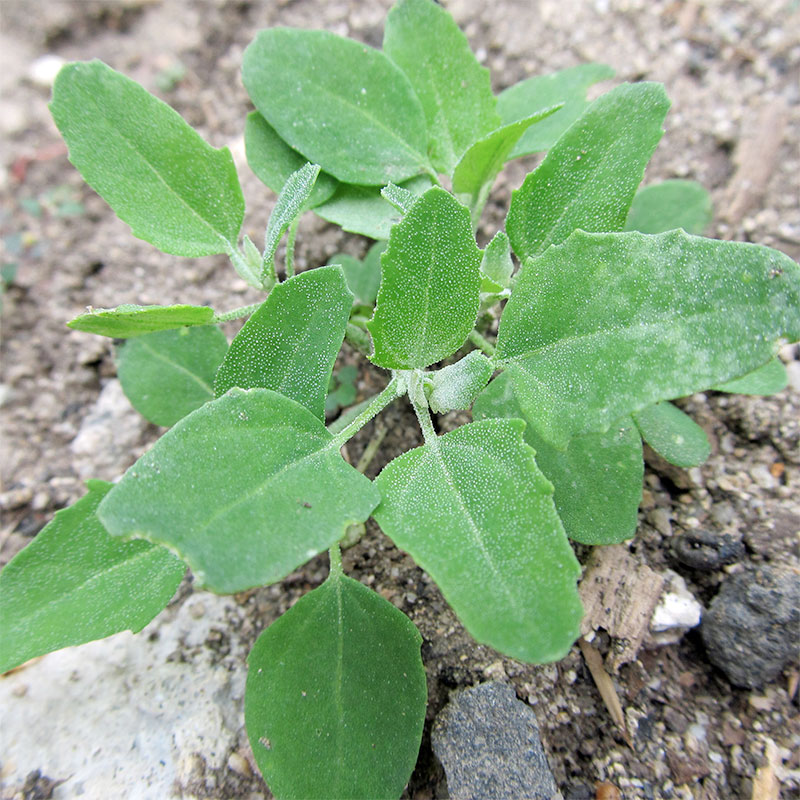
7. The sheep’s hind end?
Lamb’s quarters, or as some people call it, goosefoot, is a plant eaten all over the world, and one that is widely available here in Canada thanks to hungry pioneers who brought it with them. It is a cousin to spinach. Some people like the young leaves in salad even better than spinach, and the bonus is a crop of black to tan seeds in fall that have a nutty flavour and can be used in place of quinoa. The leaves have a velvety or powdery underside that is perfectly edible. It is naturalized on every continent, including Antarctica. High in vitamins A, C, B1 and B2 as well as iron and protein, it’s understandable why it’s so popular as a food stuff.
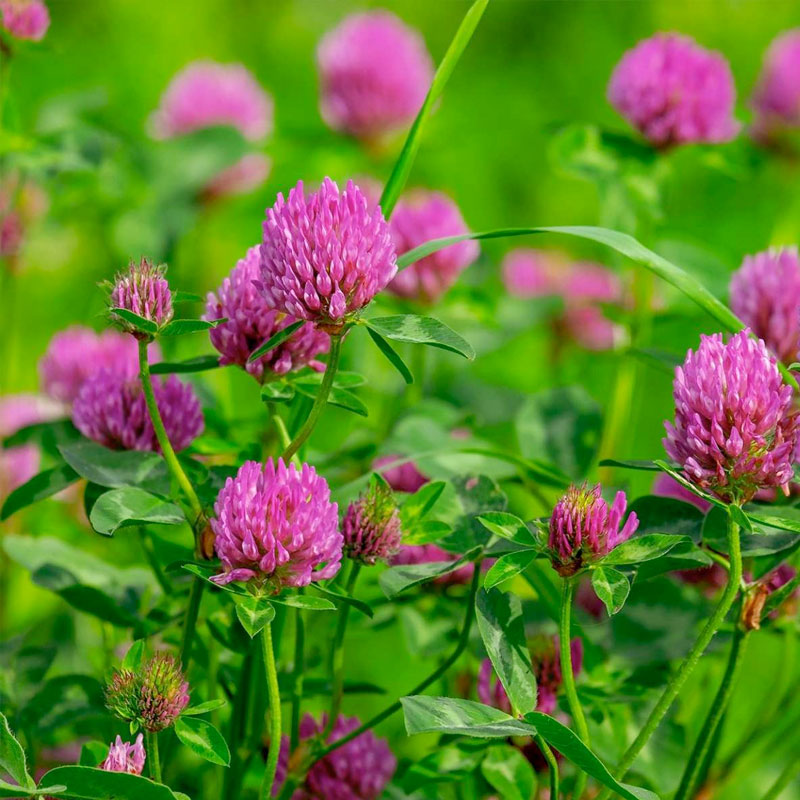
8. Bee food.
Clover, both the flowers and the leaves, are edible. Sprinkle some of the flowers over a salad or add a few of the leaves (keep the quantities small, though; they don’t taste that good). Dry some flowers to add to tea. Some say clover tastes better boiled. Stick to red clover. Some white clovers contain cyanides.

9. Rhubarb substitute.
Who knew that the evil Japanese knotweed, on the world’s most wanted noxious weed list, could be delicious? The red shoots, stripped of leaves and rind, can be steamed or simmered for a tart treat. The Brits spend up to two billion pounds a year to eradicate it when they could just as well be eating their way to freedom. Some people think it tastes like rhubarb, others like a lemony green.
10. Is it an edible weed?
There are certain clues you should pay attention to when trying out any plant. If the plant has a milky or discoloured sap, stay clear. Avoid eating the plant if it has a bitter or soapy taste or if it has spines, fine hairs or thorns. Beans or seeds inside pods can be a bad sign, as can an almond scent in leaves and stems. Stay away from dill, carrot or parsley-like foliage. The edible forms of these plants have some evil look-alikes.

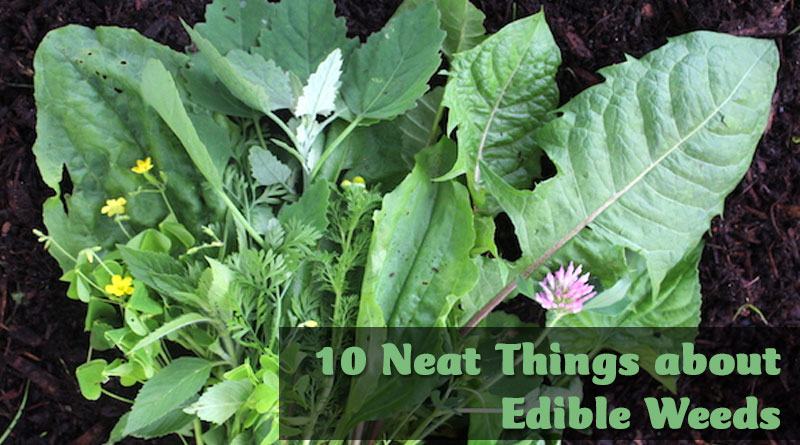
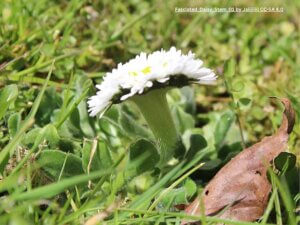








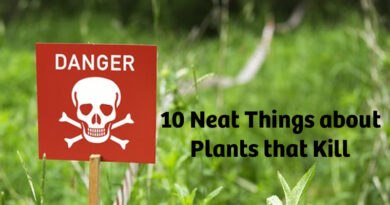
Pingback: The Gardener Show (Aug 11) - Canada's LOCAL Gardener magazine